Author:Baby & Adult Diaper Materials FROM:Diaper Materials Manufacturer TIME:2023-06-16
Spunbond fabric is a commonly used raw material in the production of disposable diapers. It is a non-woven material that is made by spinning and bonding synthetic fibers together, creating a durable and breathable material that can absorb a significant amount of liquid. In this article, we will explore the benefits and drawbacks of using spunbond fabric in diaper production, as well as its impact on the environment.
One of the primary benefits of using spunbond fabric in disposable diapers is its absorbency. Spunbond fabric can hold a significant amount of liquid without leaking or causing irritation to the skin, making it a popular choice for diaper manufacturers. Additionally, spunbond fabric is lightweight and breathable, allowing air to circulate around the baby's skin and reducing the risk of diaper rash.
Another advantage of using spunbond fabric is its durability. Unlike traditional woven materials, spunbond fabric is less likely to tear or stretch out of shape over time, ensuring that the diaper remains snug and comfortable around the baby's waist. This can be particularly important for infants who are constantly moving and wriggling, as a loose or ill-fitting diaper can cause discomfort and lead to leaks.
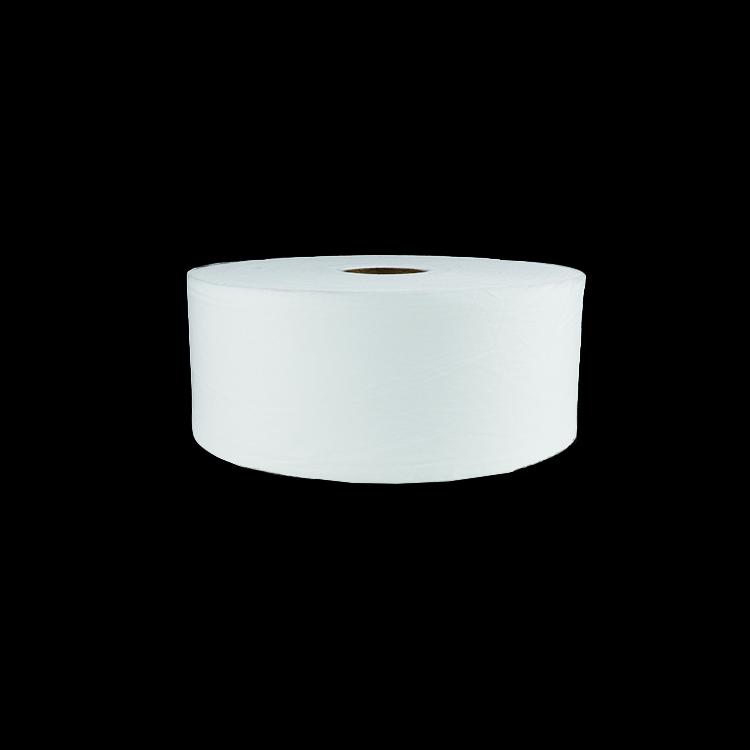
While there are many benefits to using spunbond fabric, there are also some drawbacks to consider. One of the main concerns is its environmental impact. Spunbond fabric is made from synthetic materials, which are not biodegradable and can take hundreds of years to break down in a landfill. This means that disposable diapers made with spunbond fabric contribute to the growing problem of waste disposal, and may have a negative impact on the environment.
Additionally, the production of spunbond fabric requires a significant amount of energy and resources, including water, electricity, and chemicals. This can lead to high carbon emissions and other environmental concerns, which may make some consumers hesitant to purchase products made with spunbond fabric.
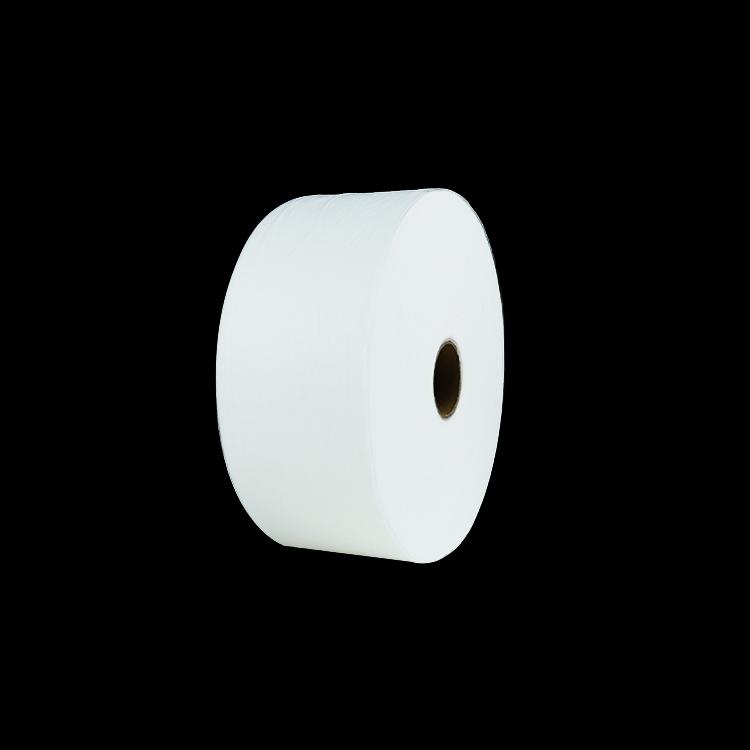
Despite the concerns about its environmental impact, spunbond fabric is likely to remain a popular choice for diaper manufacturers in the coming years. Innovations in material design and production methods may help to reduce the amount of waste and energy required to create spunbond fabric, making it a more sustainable option in the long run. Additionally, consumer demand for durable, absorbent, and comfortable diapers will continue to drive the use of spunbond fabric, as manufacturers aim to meet the needs and preferences of their target audience.
Overall, spunbond fabric is a versatile and effective raw material that has many benefits for diaper production. While its impact on the environment is a concern, there are many opportunities for improvement and innovation in the future. As technology and consumer preferences continue to evolve, it will be important for diaper manufacturers to stay up-to-date with the latest trends and developments in spunbond fabric and other raw materials, in order to create products that meet the needs of their customers while minimizing their impact on the planet.
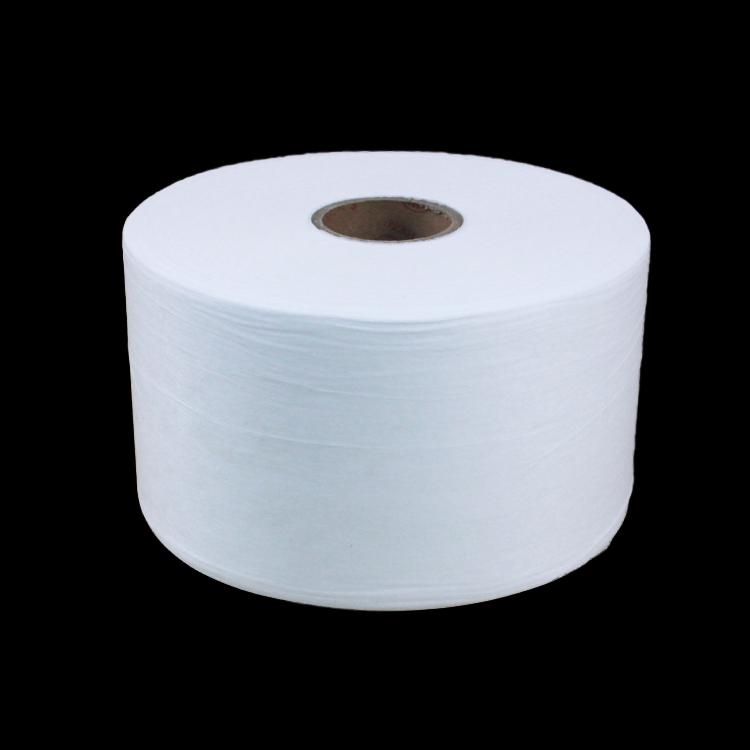
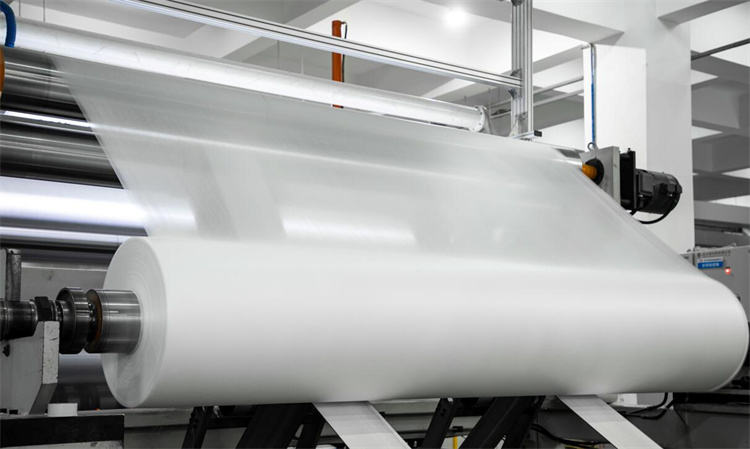
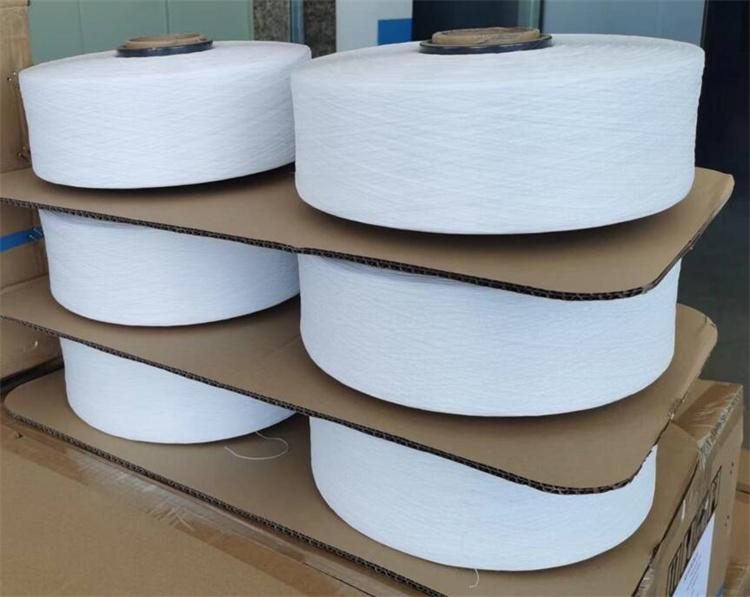
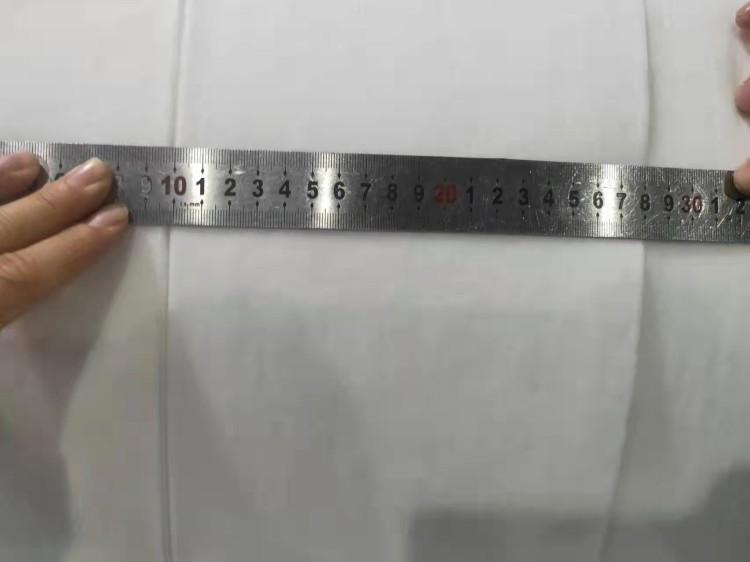
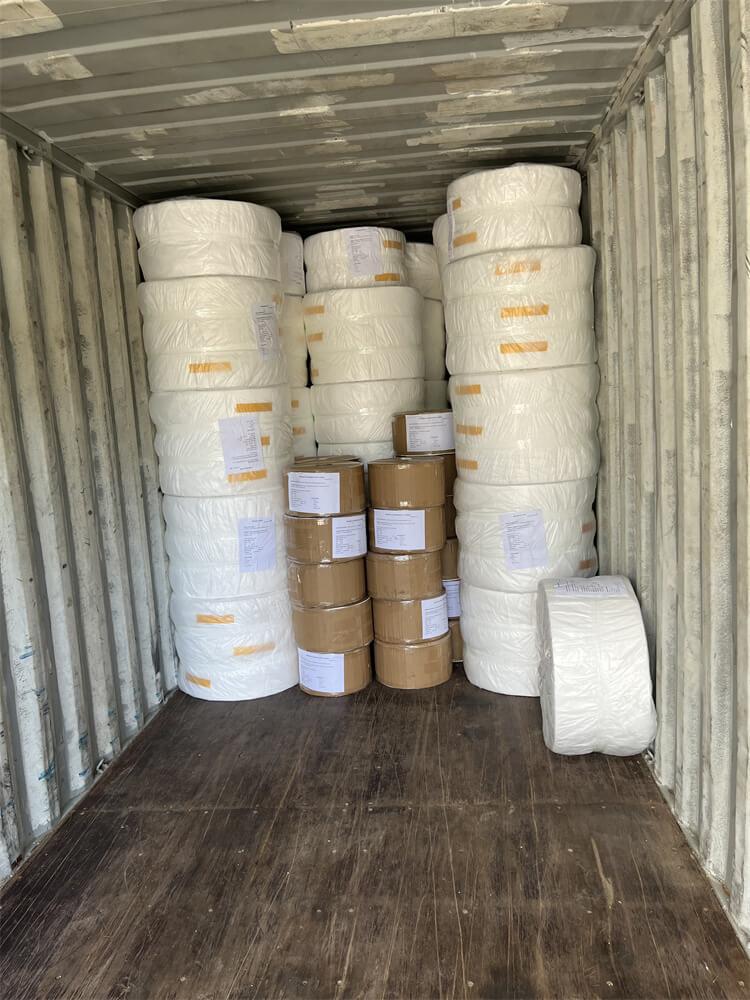

 Email: info@whldiapernonwoven.com
Email: info@whldiapernonwoven.com
 MP/WhatsApp: +86-13599937366
MP/WhatsApp: +86-13599937366
 Manufacturer Address:Room 1105B, Bld M1, Manhattan, Yulongwan, Shimao, Shuanglong Road, Meiling Street, Jinjiang, Fujian, China
Manufacturer Address:Room 1105B, Bld M1, Manhattan, Yulongwan, Shimao, Shuanglong Road, Meiling Street, Jinjiang, Fujian, China